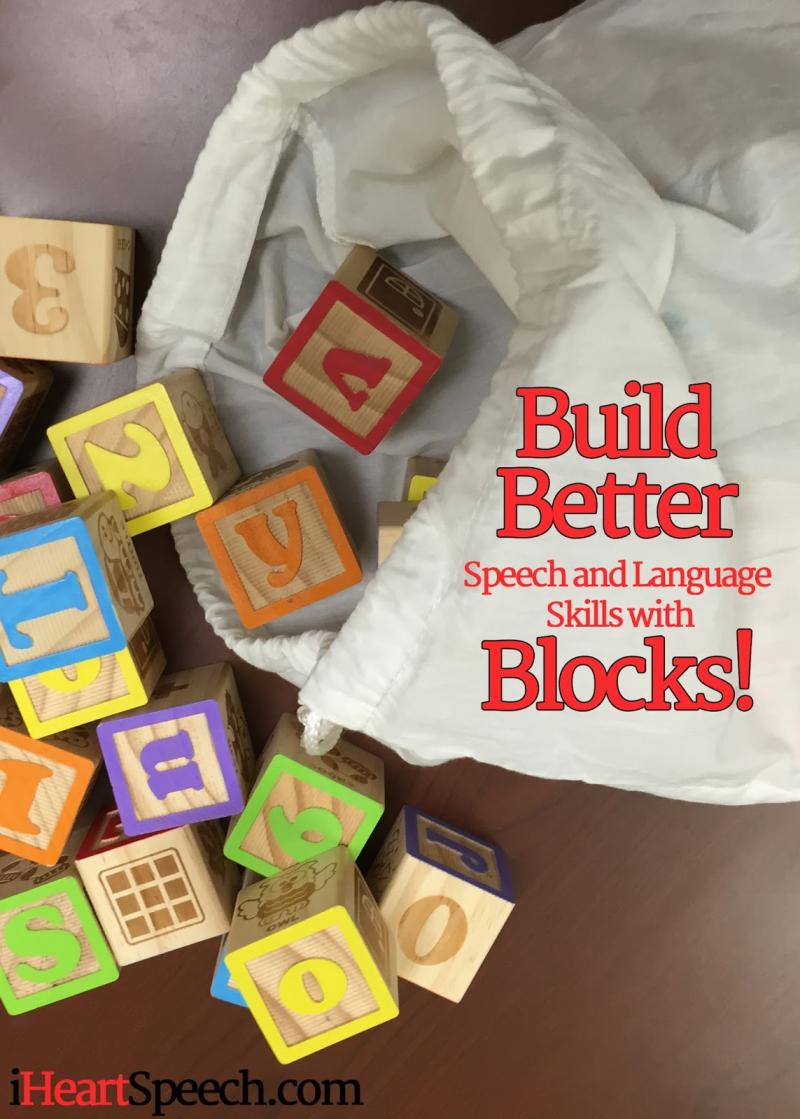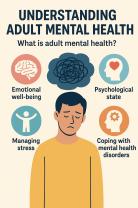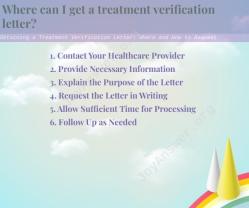How to build expressive language skills?
Building expressive language skills involves developing the ability to express thoughts, feelings, and ideas clearly and coherently. This skill is crucial for effective communication. Whether you're working with a child, an individual with language difficulties, or someone learning a new language, here are some techniques to enhance expressive language skills:
Encourage Communication:
- Create an environment that encourages communication. Be attentive and responsive to the individual's attempts to express themselves. Make it clear that their thoughts and ideas are valued.
Modeling:
- Model correct and expressive language by providing examples. Repeat and expand on what the individual says, incorporating correct grammar and vocabulary. This helps them learn by hearing appropriate language use.
Use Visual Aids:
- Visual aids, such as pictures, charts, or diagrams, can help individuals associate words with images. This is especially beneficial for individuals who may struggle with verbal expression.
Practice Pronunciation:
- Pay attention to pronunciation and articulation. Practice specific sounds or words that may be challenging. Use mirrors to help individuals see and correct their mouth and tongue movements.
Storytelling:
- Engage in storytelling activities. Encourage the individual to tell stories or ask them to retell a story they've heard. This helps with sequencing, vocabulary, and overall expressive language development.
Role-playing:
- Role-playing scenarios allows individuals to practice expressing themselves in different contexts. It can be especially helpful for learning conversational skills and appropriate social language.
Expand Vocabulary:
- Introduce new words regularly. Discuss the meanings, provide examples, and encourage the use of these words in conversation. Reading books and engaging in discussions about them can also contribute to vocabulary development.
Sentence Expansion:
- Work on expanding simple sentences into more complex ones. Encourage the use of conjunctions (and, but, because) to connect ideas and create more sophisticated expressions.
Use Descriptive Language:
- Encourage the use of descriptive language to express thoughts and feelings. This helps individuals convey their ideas more vividly. Practice using adjectives, adverbs, and figurative language.
Journaling:
- Writing can be a powerful tool for developing expressive language skills. Encourage individuals to keep a journal, write stories, or express their thoughts on paper. This allows for reflection and the practice of organizing thoughts.
Ask Open-ended Questions:
- Encourage conversations by asking open-ended questions that require more than a yes or no answer. This prompts individuals to express themselves in more detail.
Use Technology:
- Explore language-learning apps, online resources, and games that focus on expressive language skills. Technology can be an engaging and interactive way to practice language.
Speech Therapy:
- If the individual is facing significant challenges with expressive language, consider seeking the guidance of a speech-language pathologist. They can provide targeted strategies and exercises tailored to the individual's needs.
Remember that progress may vary for each individual, and it's essential to be patient and supportive throughout the learning process. Celebrate achievements, no matter how small, and provide positive reinforcement to boost confidence. Additionally, incorporating language-building activities into daily routines can make the learning process more natural and enjoyable.
Sure, here is an overview of strategies for promoting language expression, utilizing language stimulation techniques, and practicing language skills in everyday conversations and interactions:
Engaging in Activities that Promote Language Expression
Language is a fundamental tool for communication, allowing us to express our thoughts, ideas, and emotions. Engaging in activities that promote language expression can help individuals expand their vocabulary, improve their grammar skills, and enhance their overall communication abilities. Here are some effective strategies:
Storytelling: Engage in storytelling activities, whether it's telling personal anecdotes, retelling favorite stories, or creating new narratives. This encourages language production and creativity.
Conversational games: Play conversational games that involve word association, describing objects or places, or asking and answering questions. These games provide a fun and interactive way to practice language skills.
Singing and rhyming: Engage in singing activities, such as singing along to favorite songs or creating new rhymes. This helps develop phonemic awareness and rhythm skills.
Creative writing: Encourage writing activities, such as journaling, writing letters, or composing poems. This promotes language production and creative expression.
Role-playing and acting: Engage in role-playing scenarios or act out scenes from favorite stories. This provides a natural context for practicing language skills in a real-world setting.
Utilizing Language Stimulation Techniques and Communication Aids
Language stimulation techniques and communication aids can provide additional support for individuals with language difficulties or speech impairments. These tools can help enhance communication skills, improve comprehension, and promote language expression. Here are some examples:
Visual aids: Use pictures, symbols, or written words to supplement spoken communication. This can help clarify concepts and enhance understanding.
Gesture and facial expressions: Utilize gestures, facial expressions, and body language to complement verbal communication. Visual cues can add emphasis and clarity.
Communication boards: Employ communication boards with pictures, symbols, or words that individuals can point to or select to convey their needs or ideas.
Speech-generating devices: Utilize speech-generating devices that allow individuals to communicate through synthesized speech.
Augmentative and alternative communication (AAC) apps: Use AAC apps on mobile devices that provide a variety of communication tools, such as text-to-speech, picture symbols, and word prediction.
Practicing Language Skills in Everyday Conversations and Interactions
Everyday conversations and interactions provide valuable opportunities to practice language skills in a natural setting. Here are some strategies to incorporate language practice into daily routines:
Engage in regular conversations: Initiate conversations with friends, family, or acquaintances. Talk about everyday topics, share experiences, and express opinions.
Ask questions and seek clarification: Actively participate in conversations by asking questions and seeking clarification when needed. This demonstrates engagement and promotes understanding.
Describe daily activities: Narrate daily activities, such as preparing meals, running errands, or completing tasks. This provides practice in using descriptive language.
Read aloud: Read aloud from books, newspapers, or magazines. This improves reading fluency and helps develop vocabulary and grammar skills.
Label objects and surroundings: Name objects in the environment, such as furniture, appliances, or everyday items. This enhances vocabulary acquisition and object recognition.
Remember, effective language development requires consistent practice and a supportive environment. Encourage individuals to express themselves freely, provide feedback in a positive manner, and celebrate their progress along the way.












